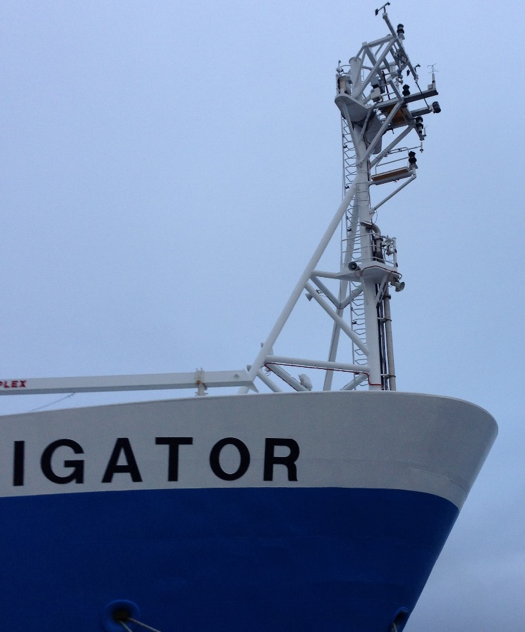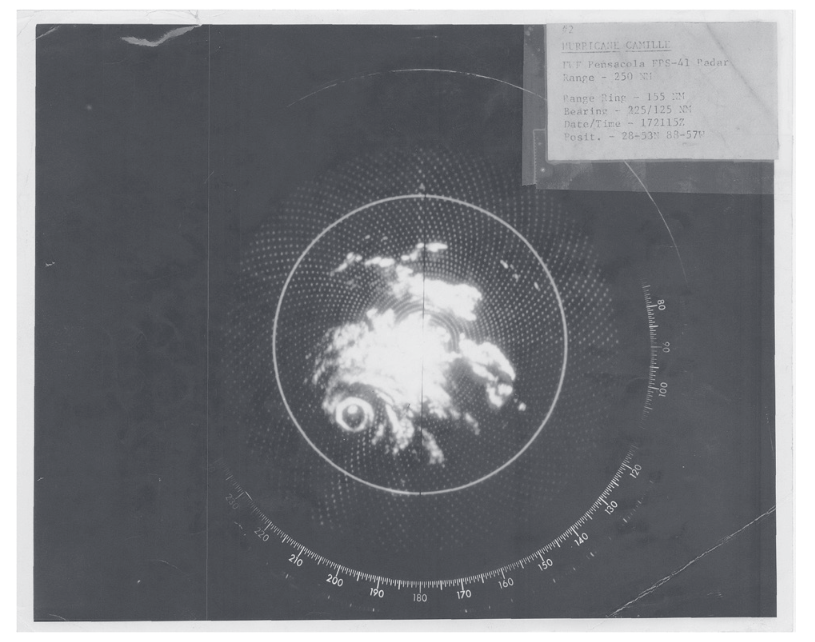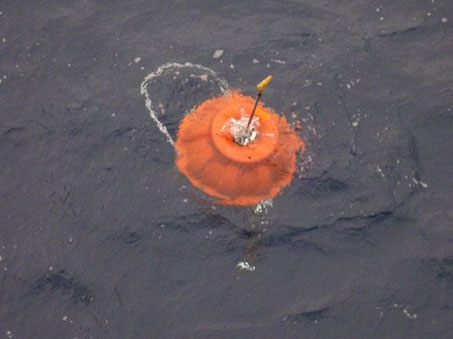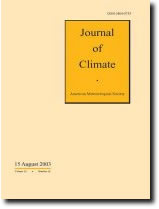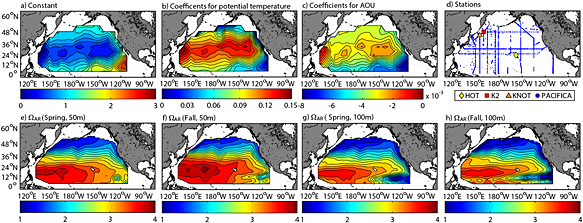Aboard new Australian ship, NOAA studies remote Southern Ocean
NOAA scientists installed NOAA’s Air-Sea Flux System on a new Australian research vessel to help expand a currently sparse database of Southern Ocean measurements.
Aboard new Australian ship, NOAA studies remote Southern Ocean Read More »


